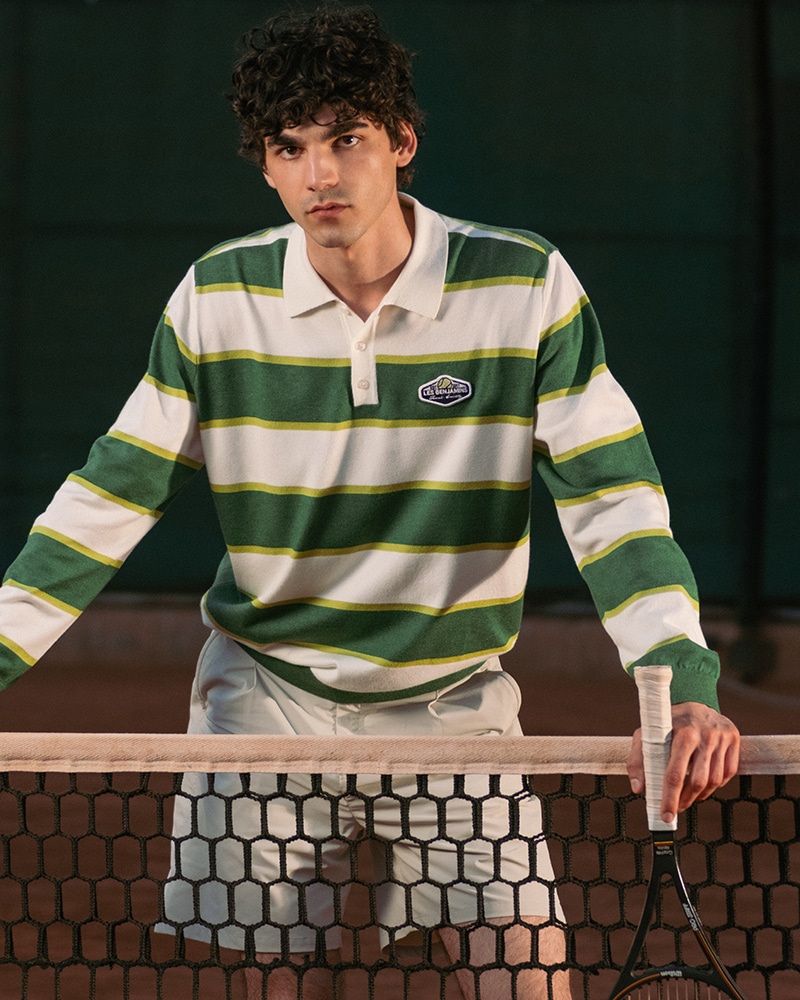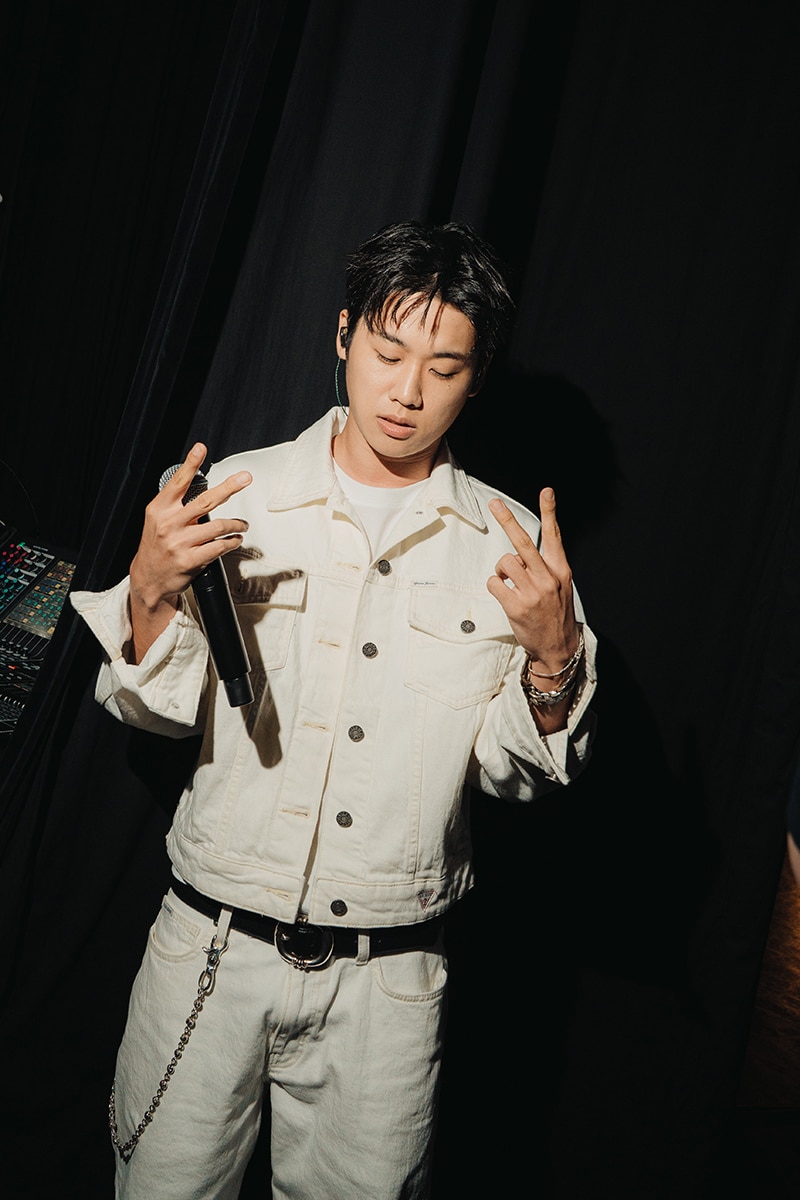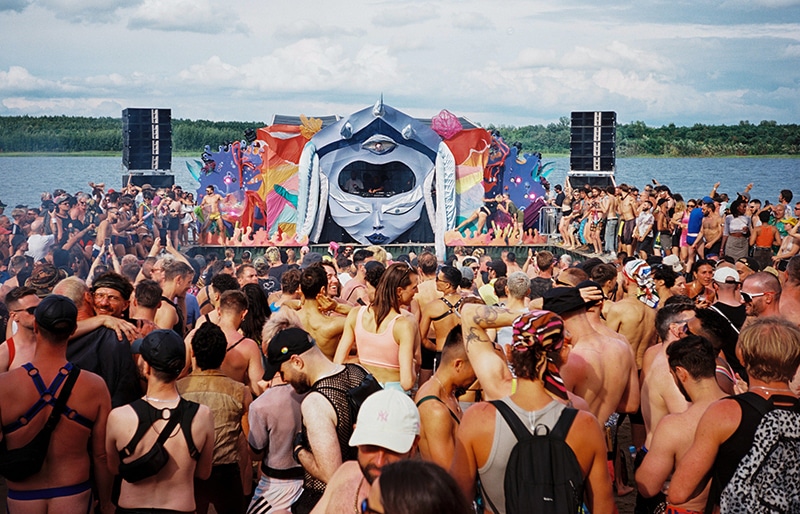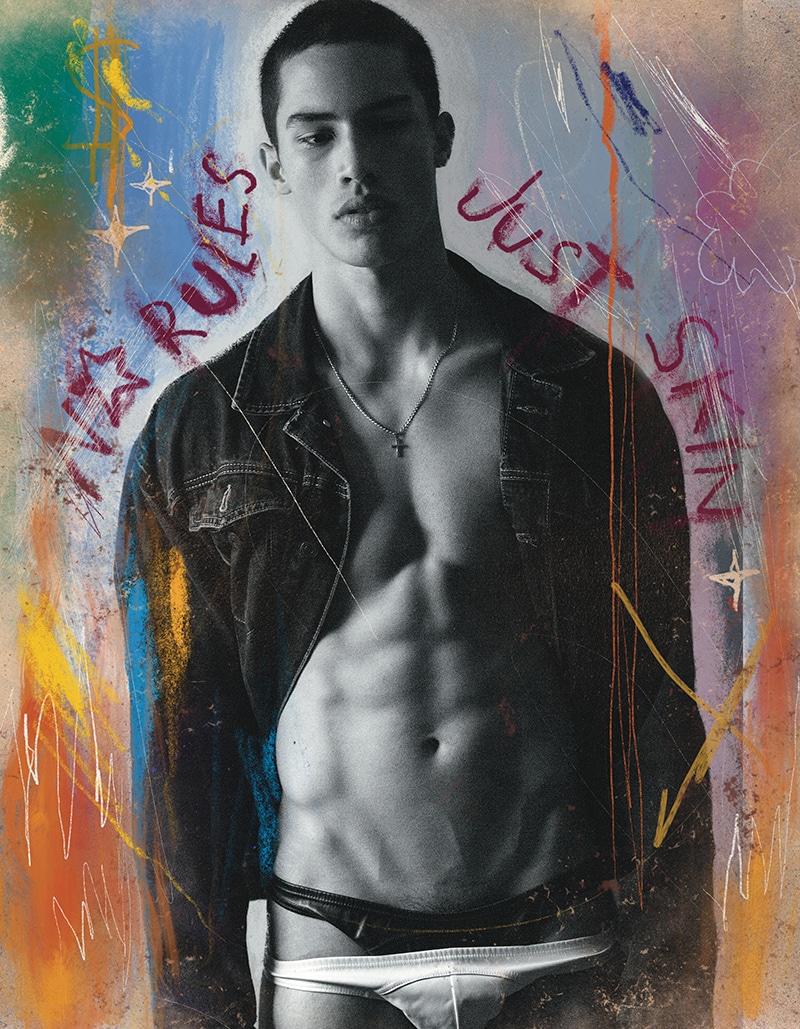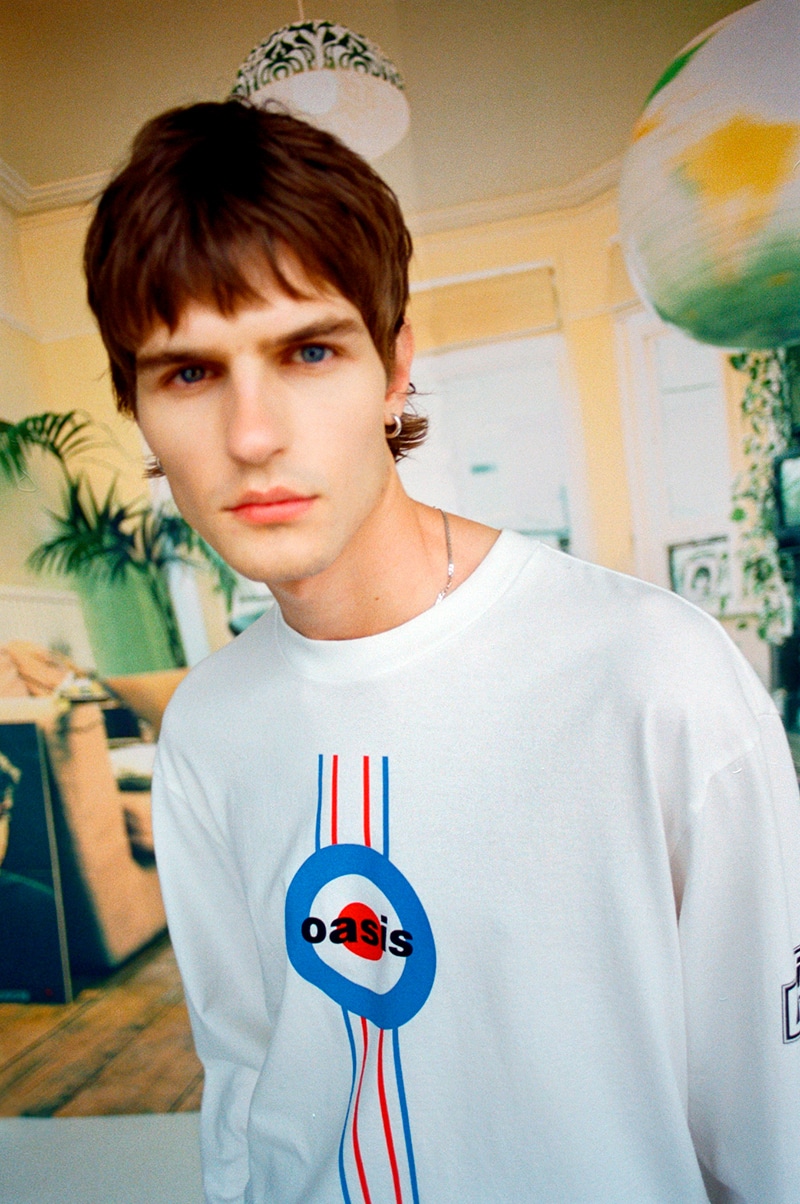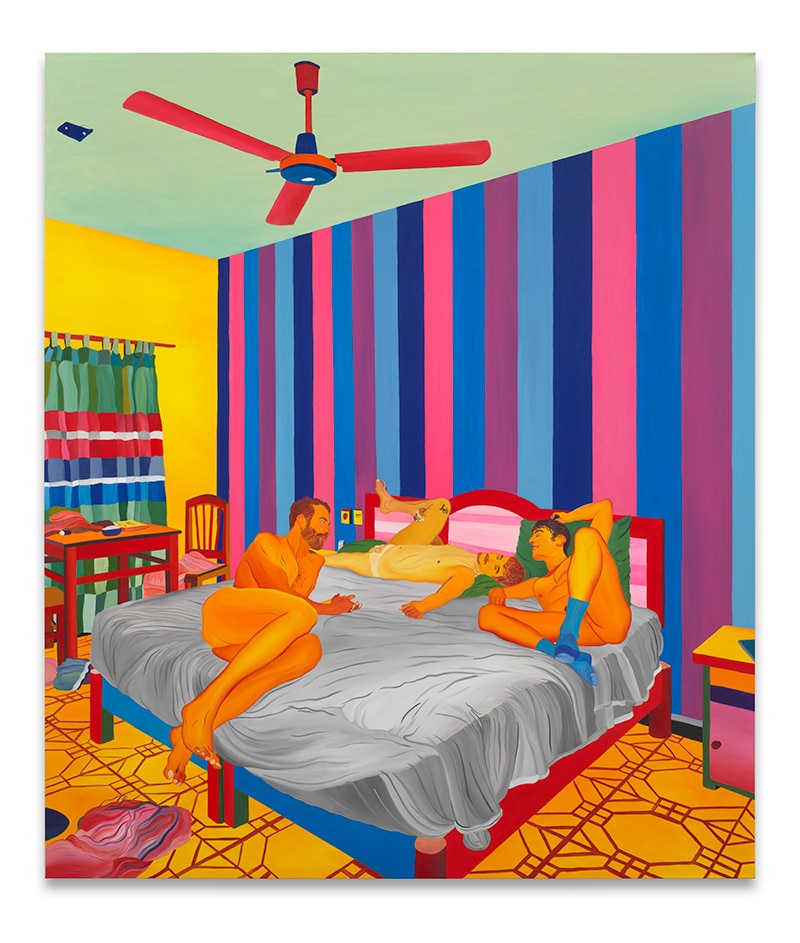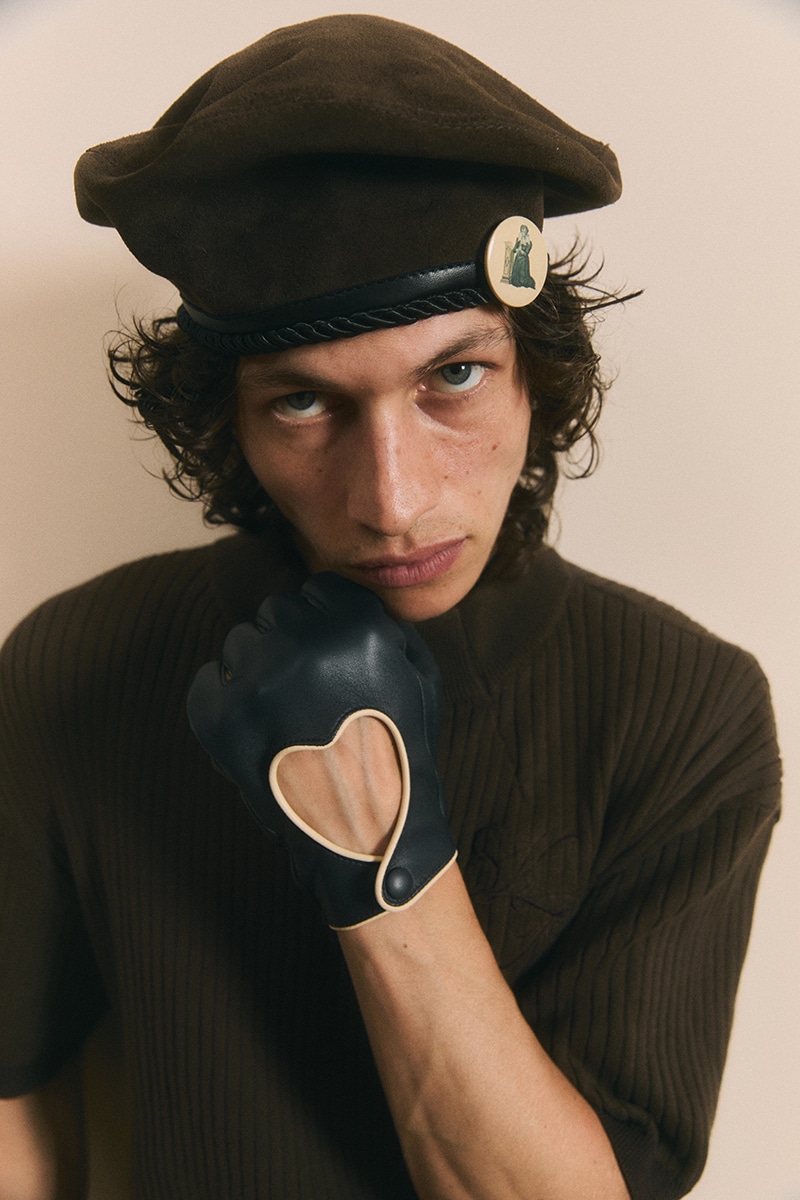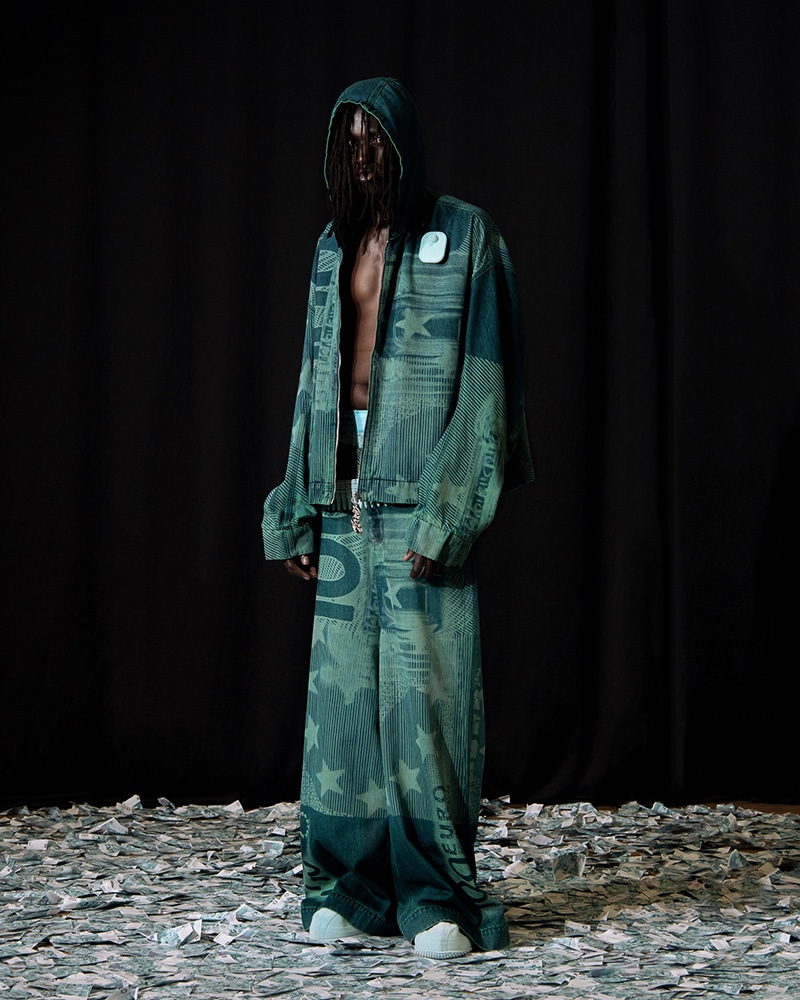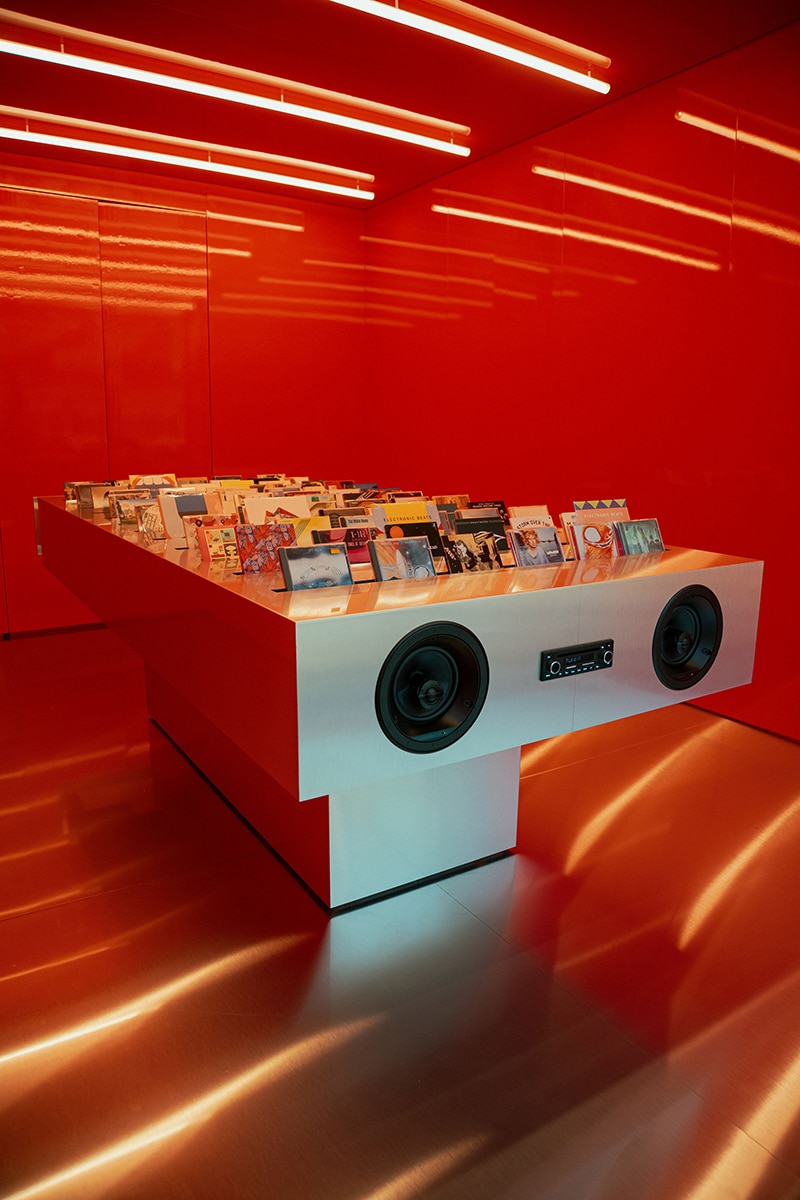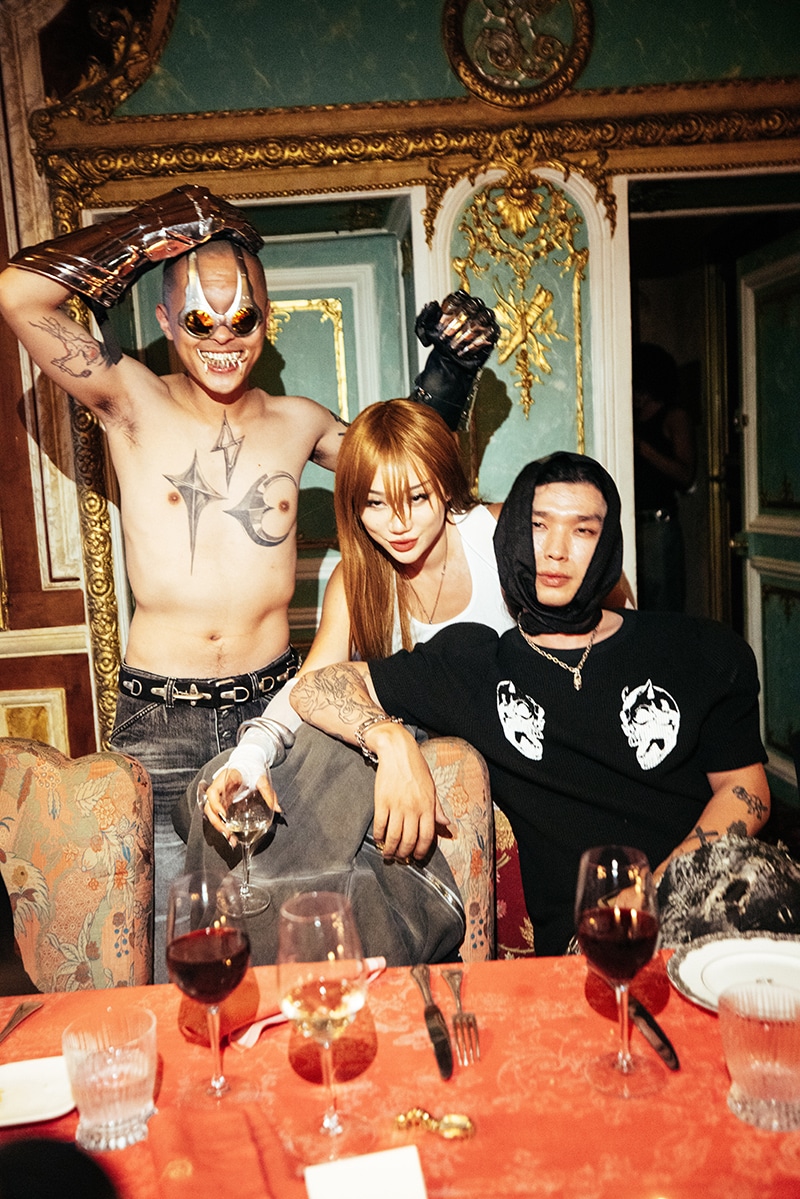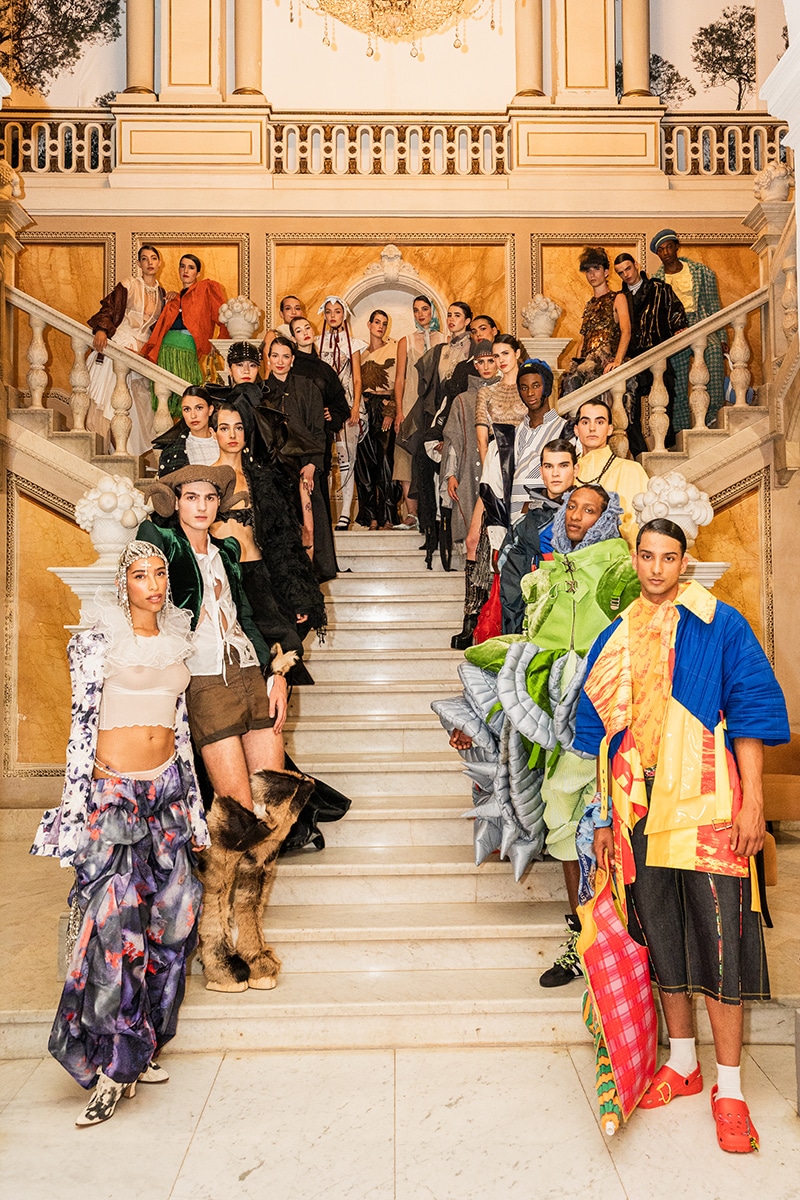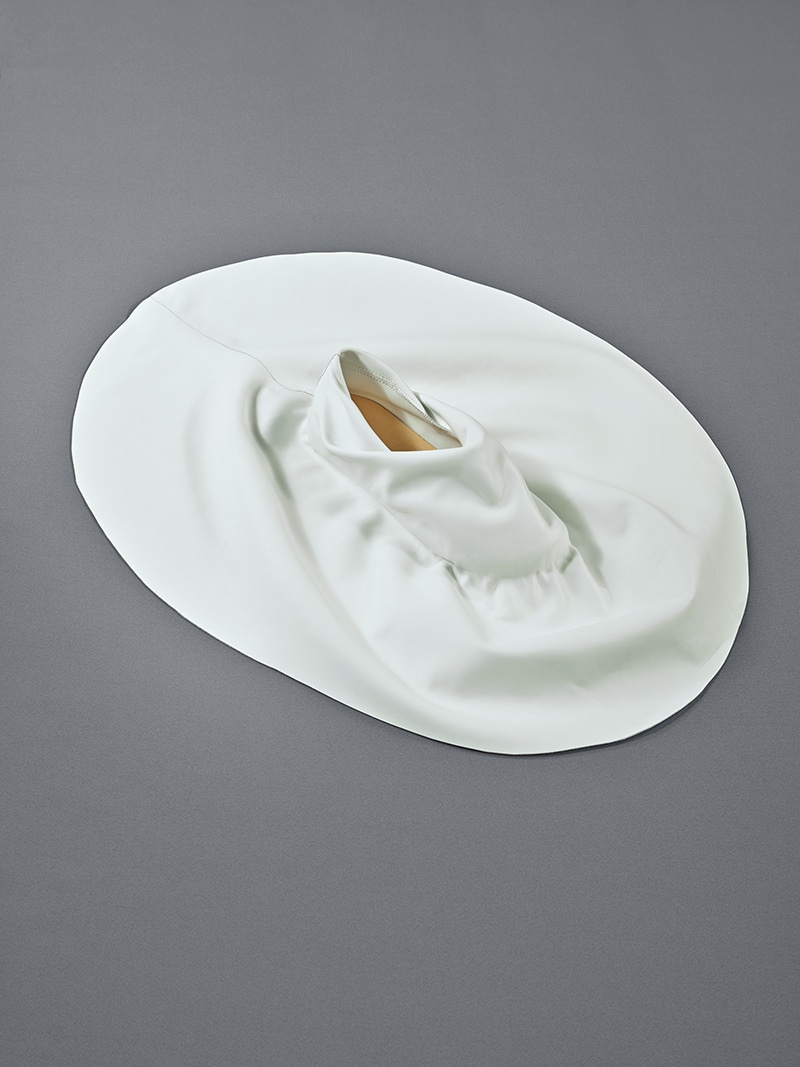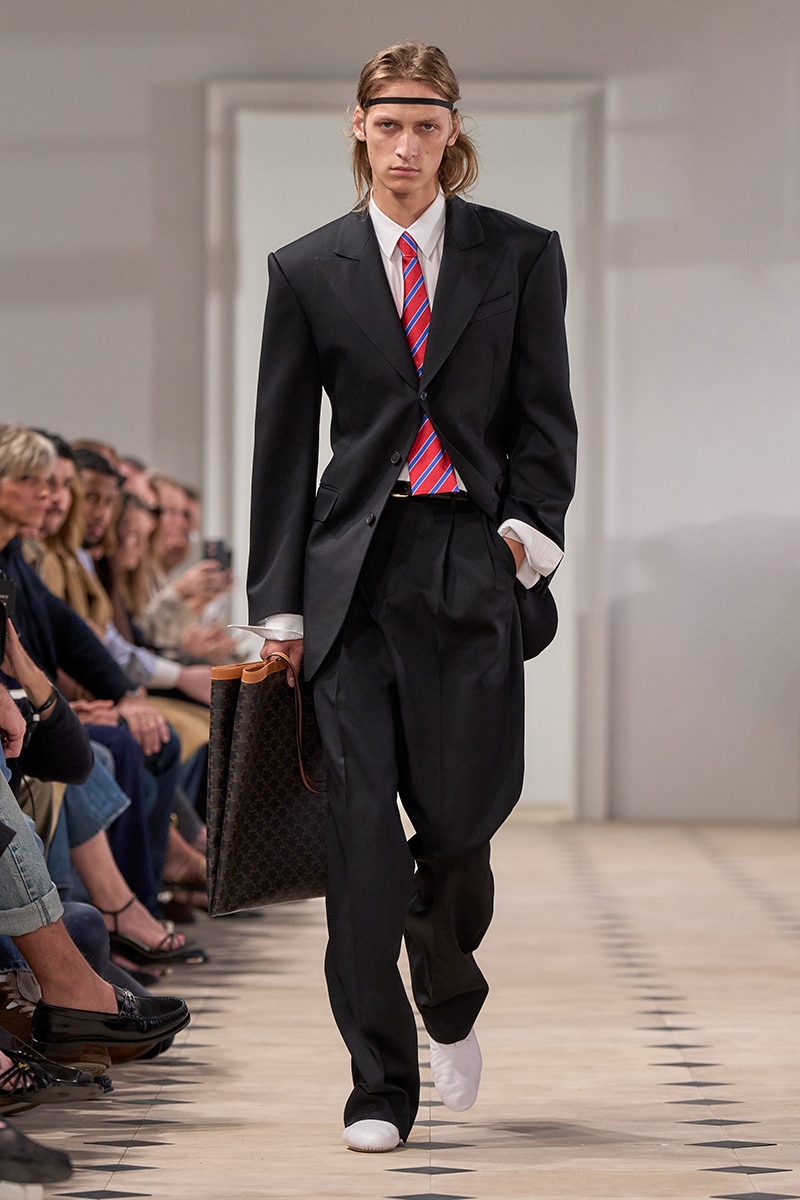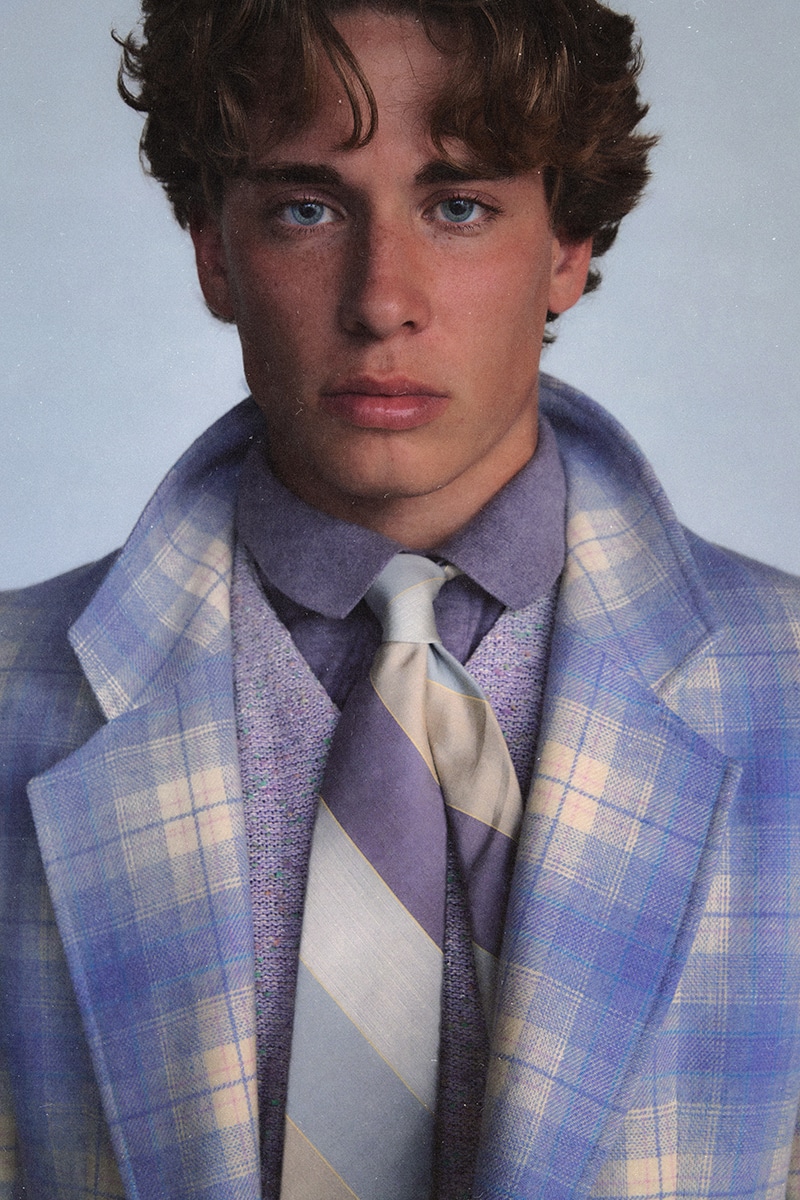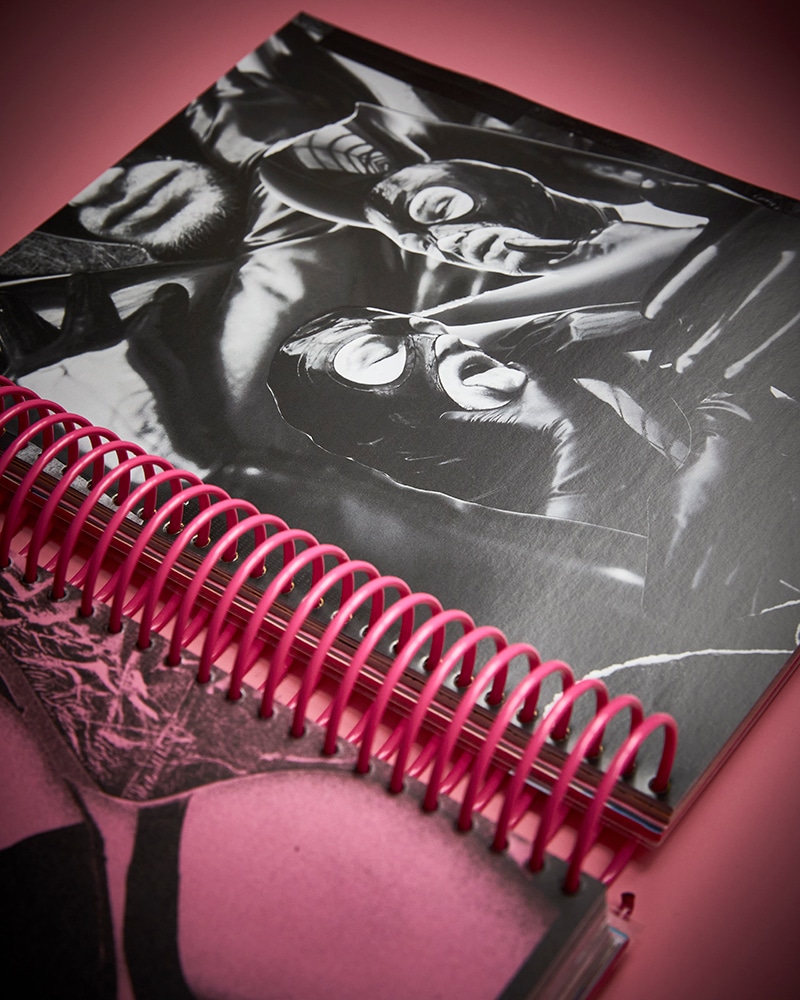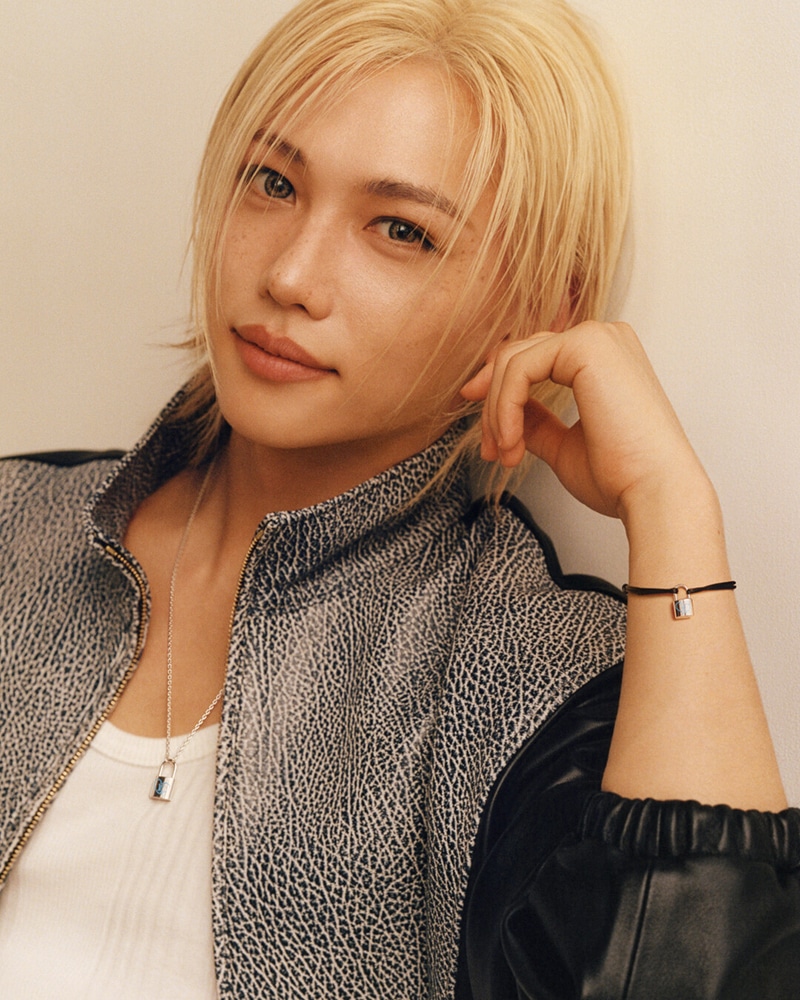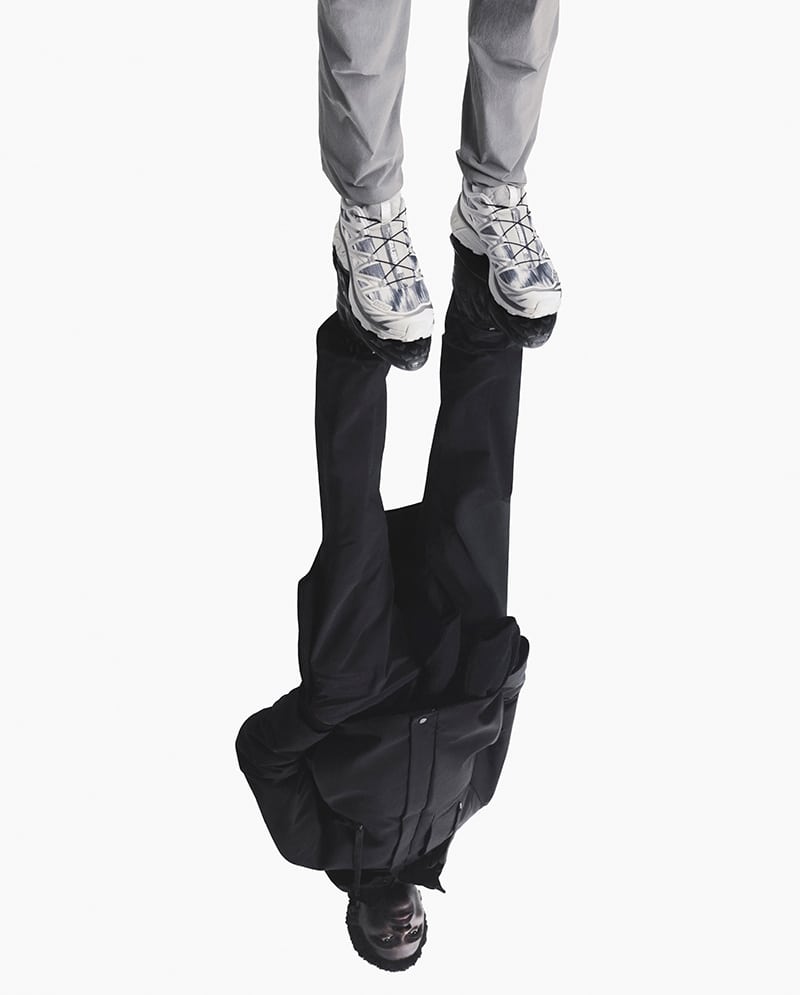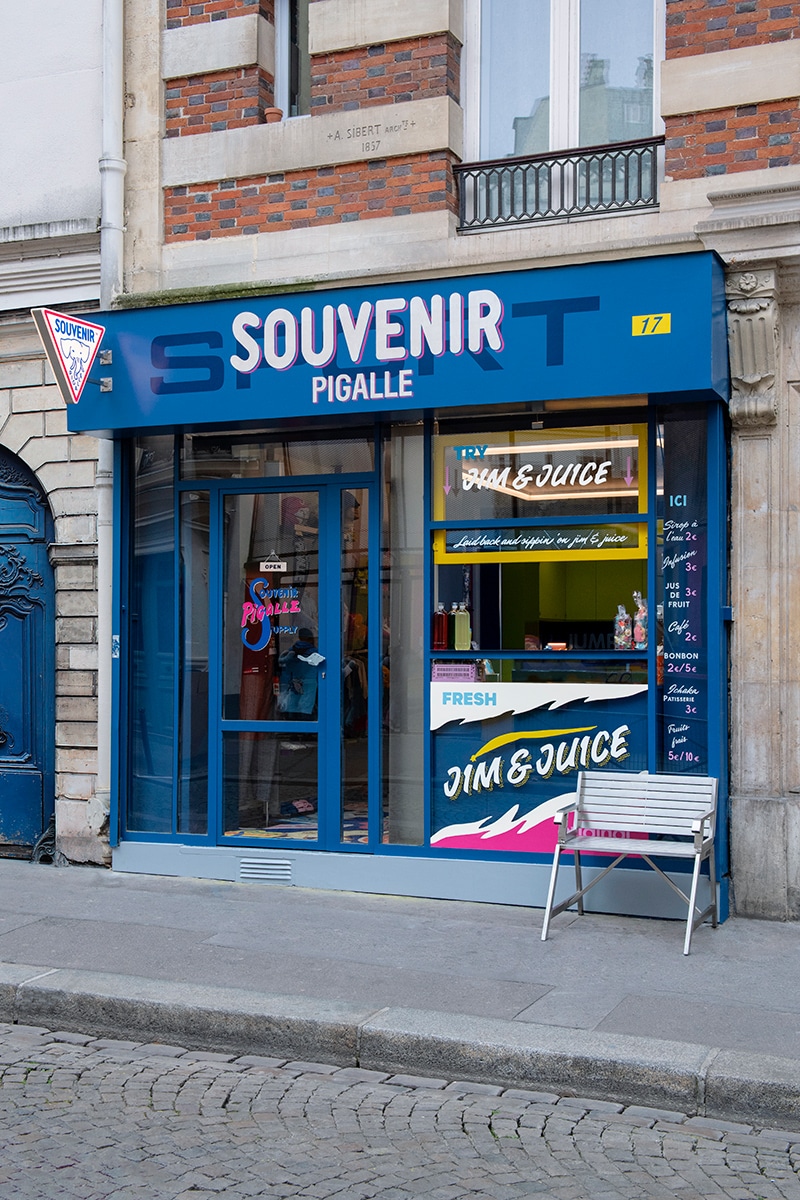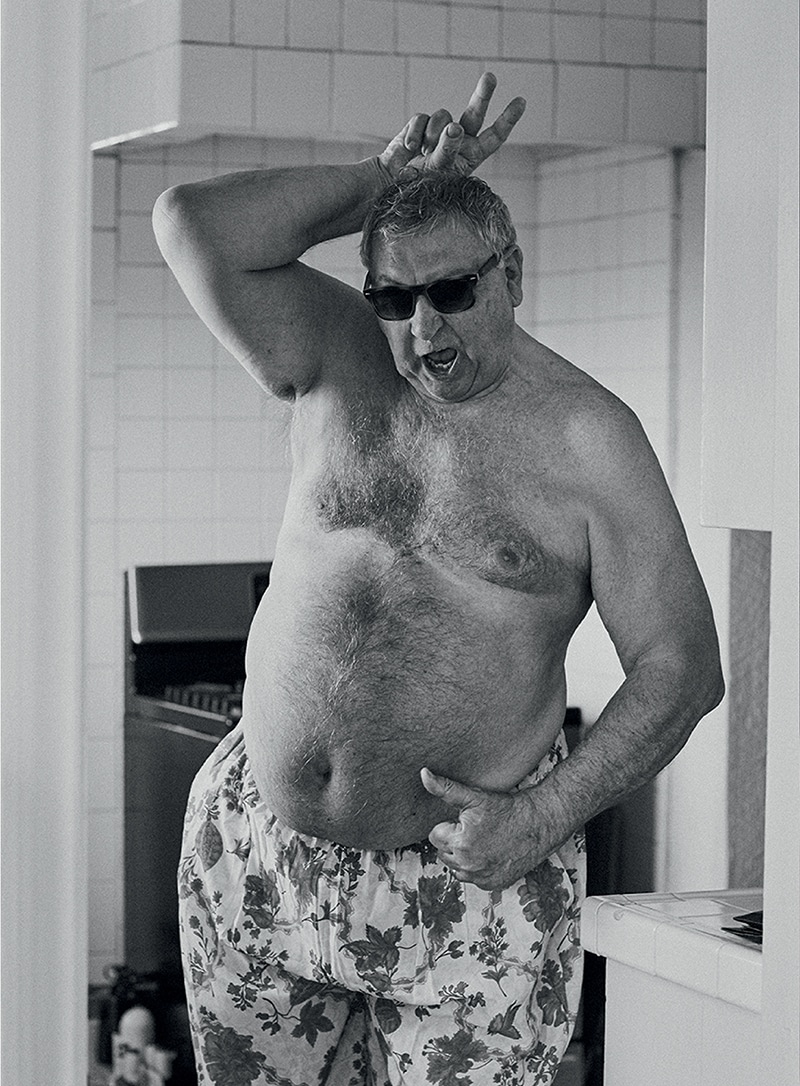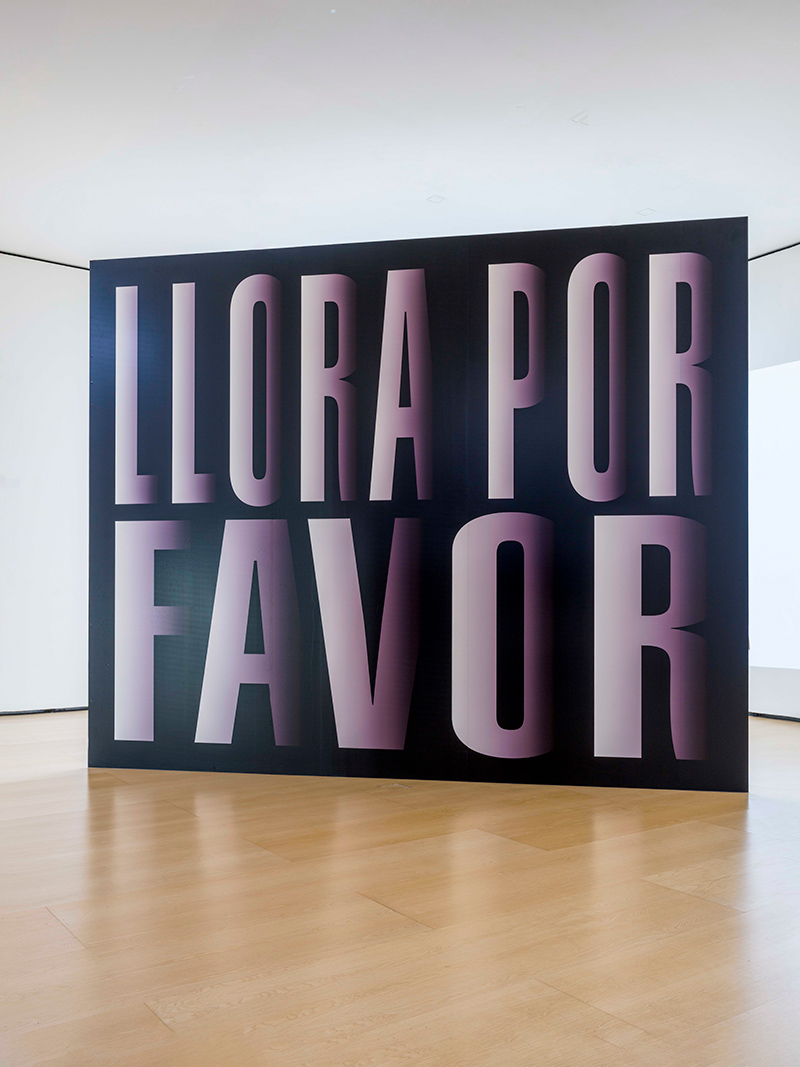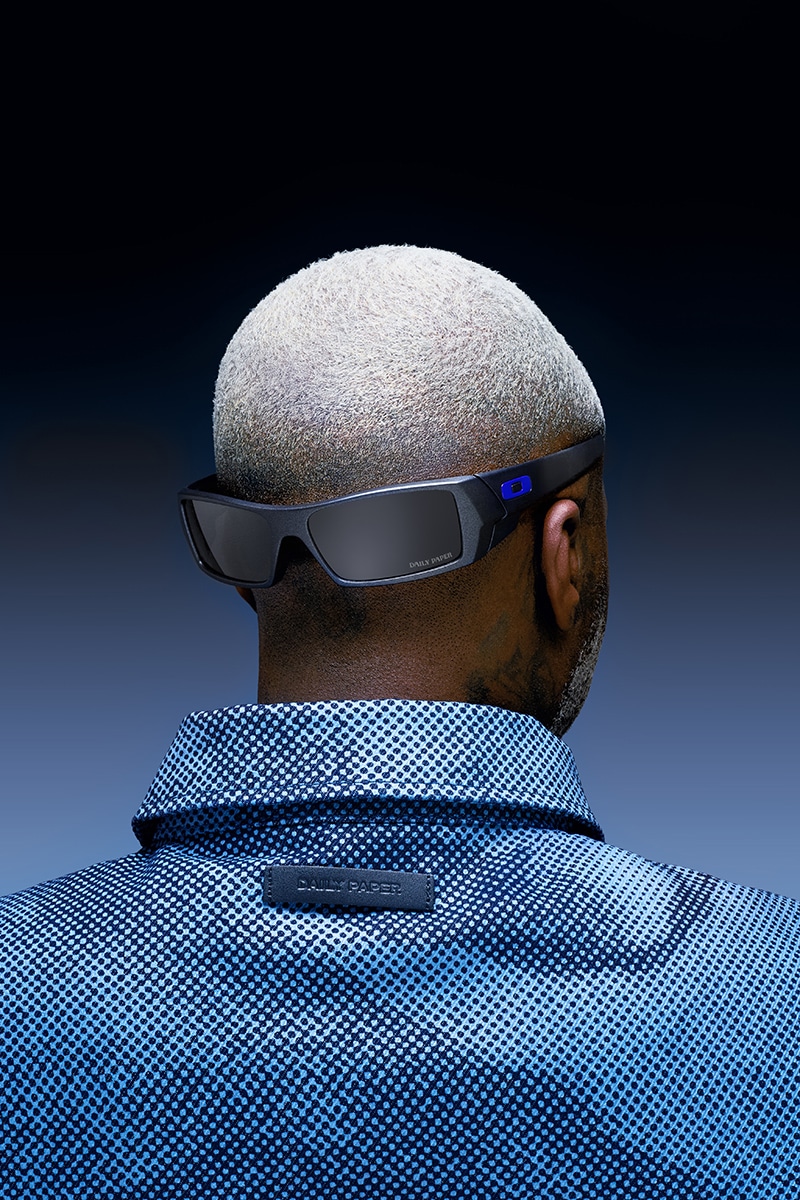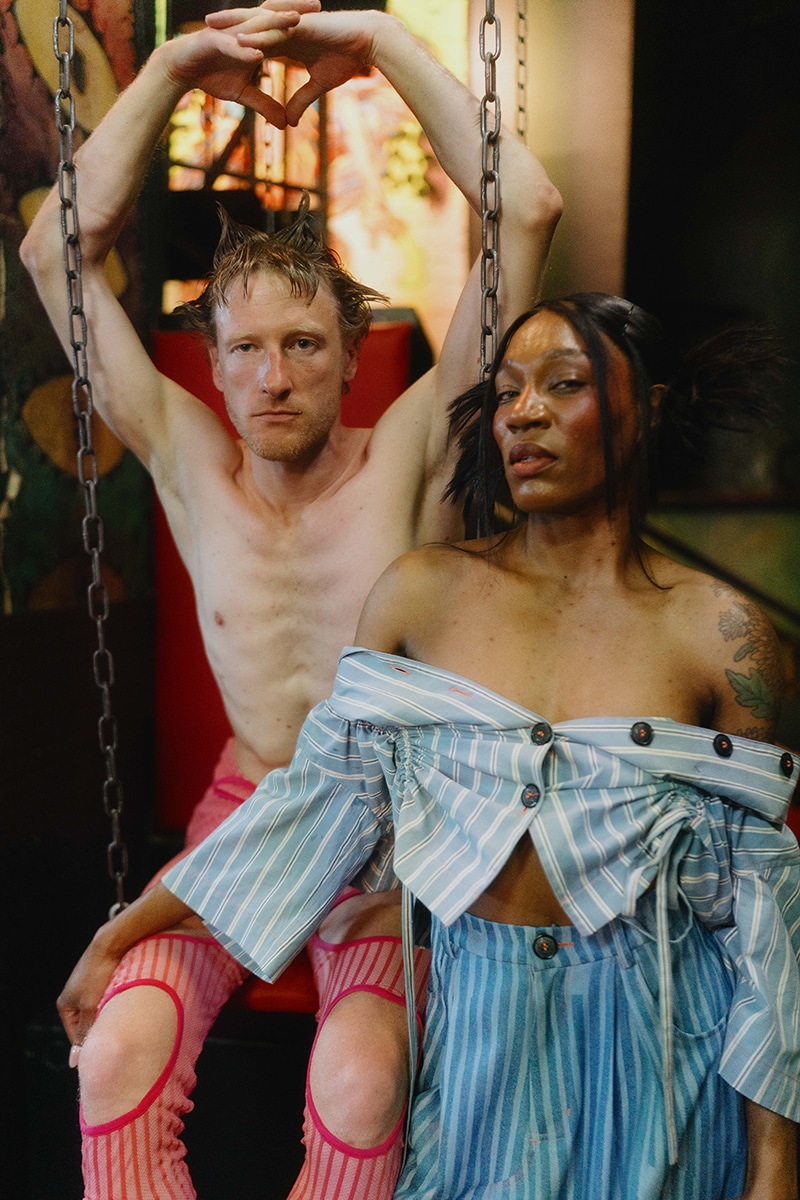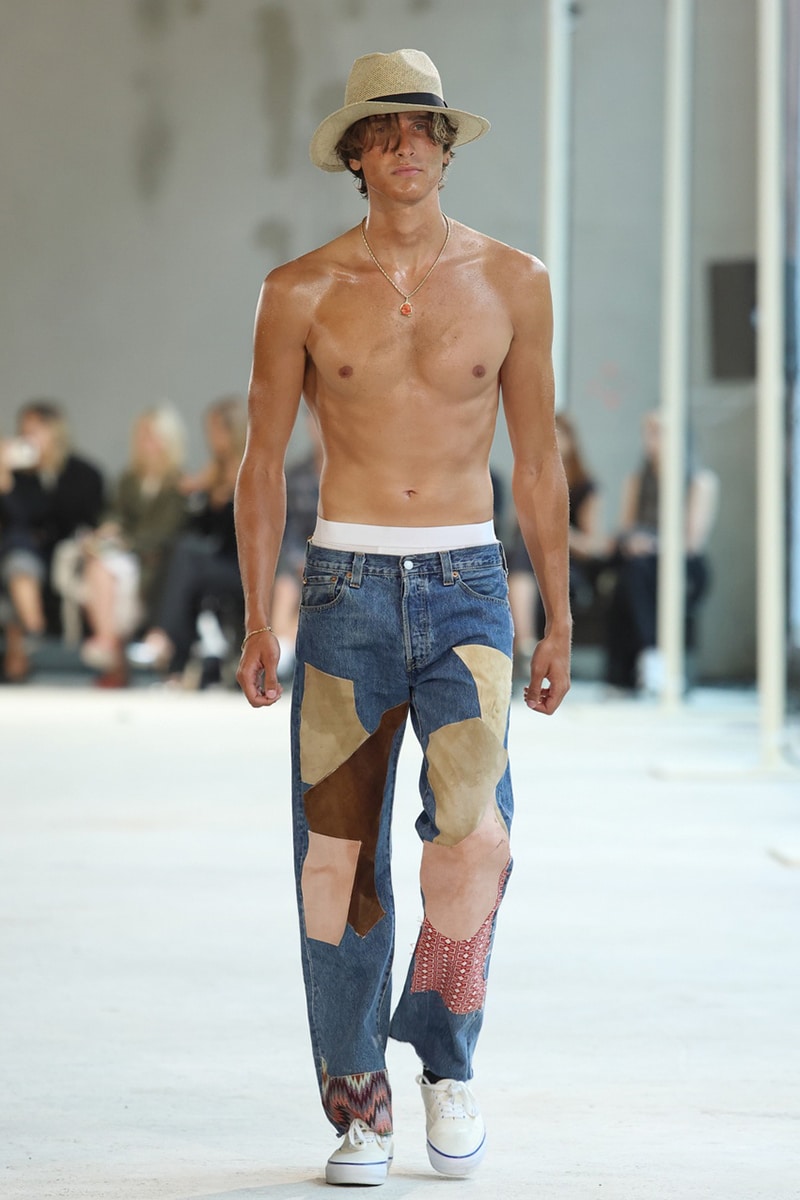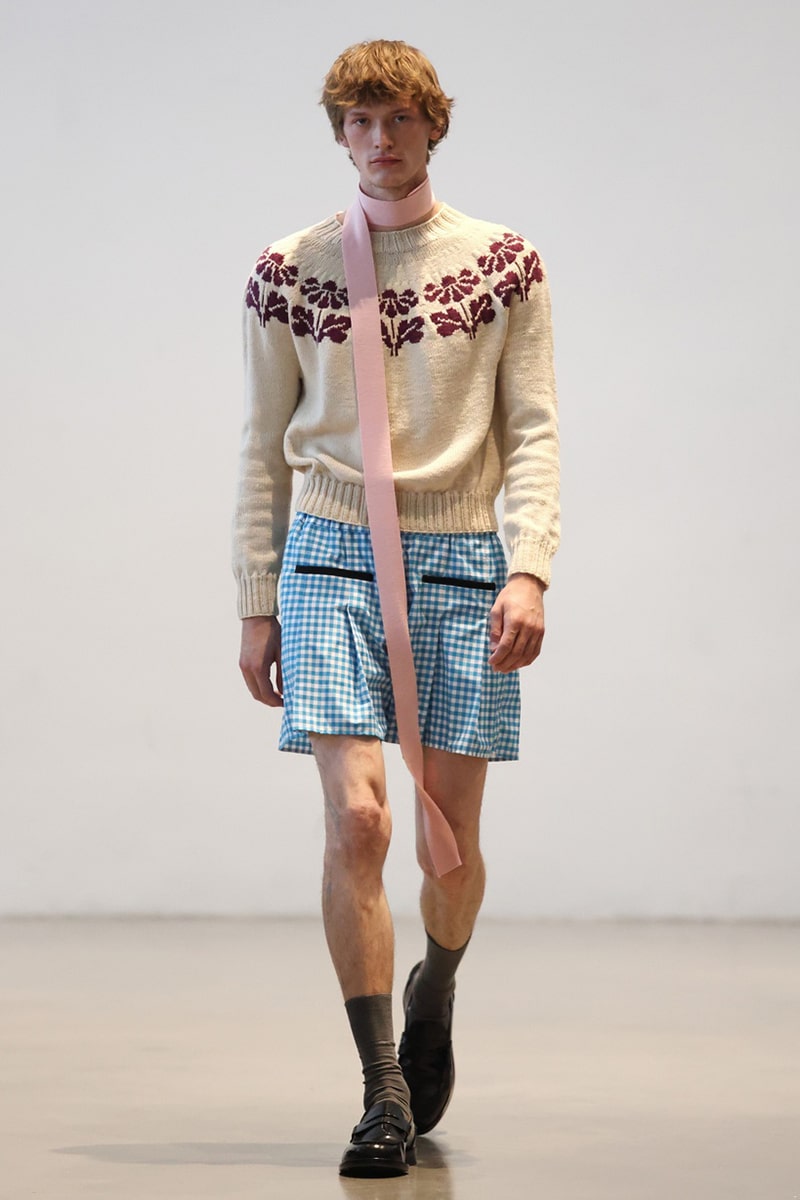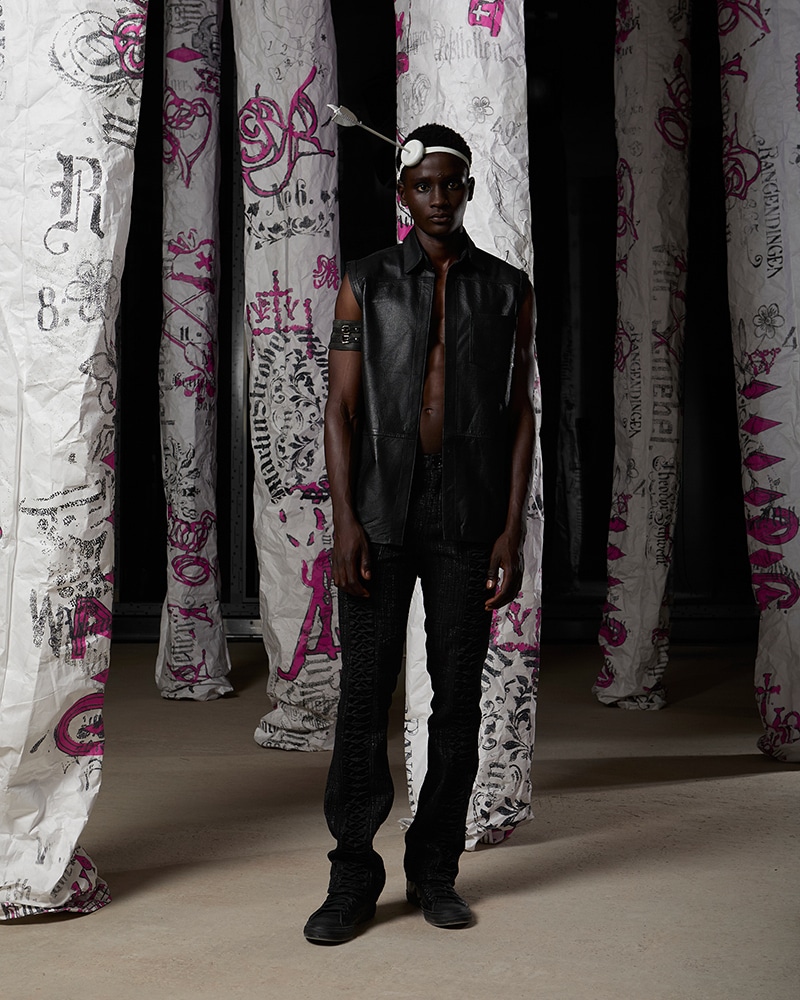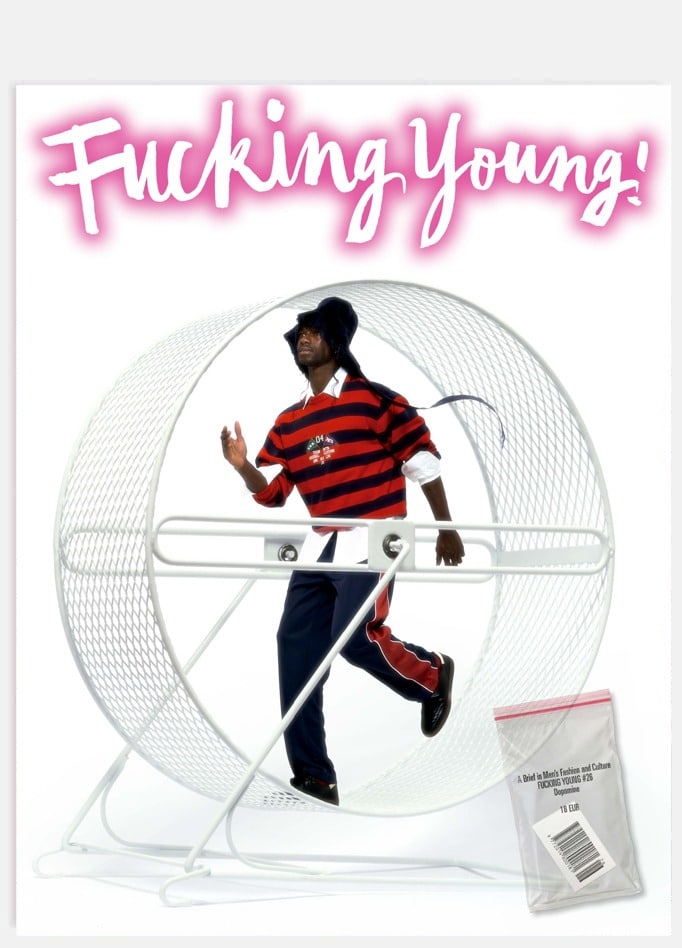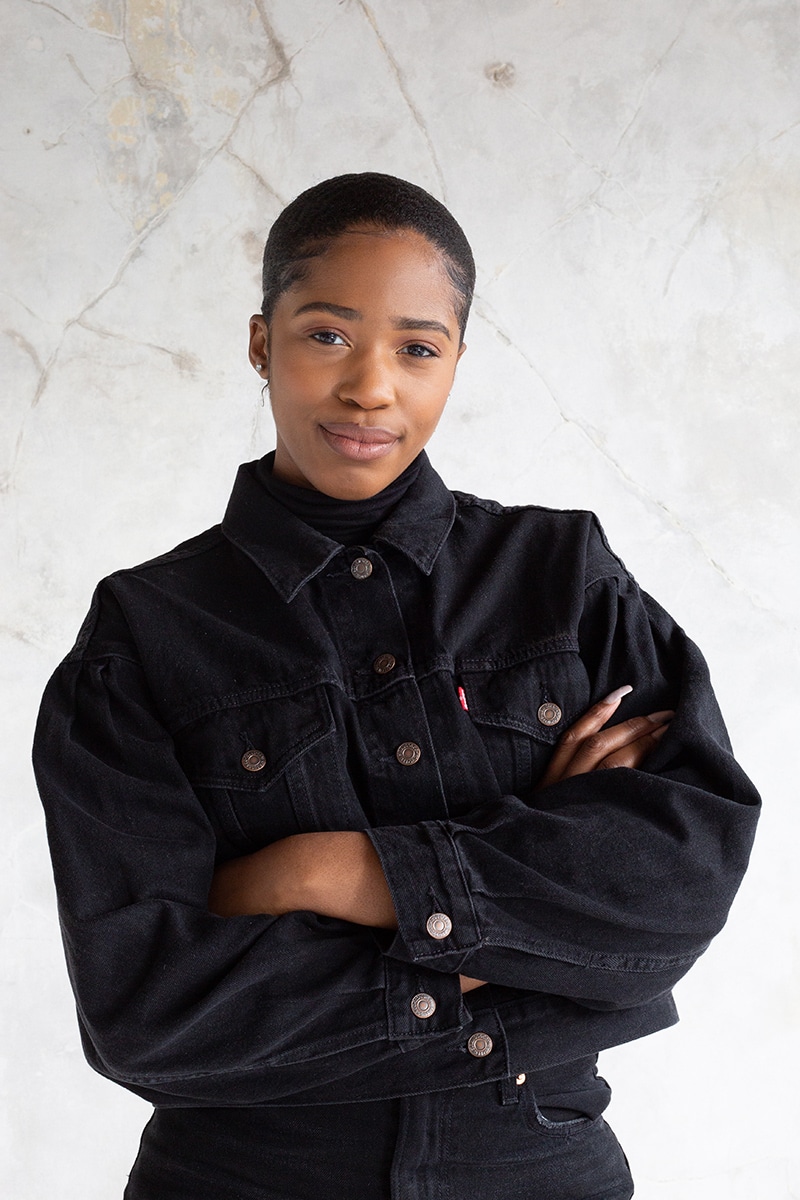
For Spring/Summer 2021, London based designer Bianca Saunders addresses “The Ideal Man”, but that’s only part of her ongoing dialogue changing the way that men dress. We have been following work ever since she came on the scene making her debut at London Fashion Week Men back in June 2018. It seems like ages ago, as so much as changed since then, but Saunders has been one of the strong voices in change. Two years later and equality is still at risk. From observing Saunders’ work, I see that we cannot approach large subjects by season, but we need to implement them into who we are and what we put out. However, Saunders does it in a way that is so effortlessly beautiful, romantic, and masculine. It is masculine beauty, toxic-free.
This season for London Fashion Week, Saunders presented a film that divides her “ideal man” into five categories, using the language of ballroom culture: Man Going to his First Ball in Heels; Gangsta Pretending to be Corporate: Super Nerd at Dancehall Concert; College Grad with a Diploma and Gully Queen at his Engagement Party. The film was directed by Daniel Sannwald, with styling and creative consultancy by Karen Binns. The movement was choreographed by Bianca’s friend and long-term collaborator, Saul Nash.
We got a chance to catch up with Saunders and the timing felt right as so much as changed in just the past two years and I would be lying if I didn’t say that she brings some fresh comfort in the fashion world when so many of us are feeling unstablized.
How do you feel your work has evolved in the past few seasons?
I’ve always tried to stay true to my core aesthetic as it’s so personal to me. Through collaborating I’ve grown stronger I’ve worked closely with Karen Binns since showing my FW20 collection and she’s really helped me to distill the essence of the brand into its purest form and to become more commercially savvy.
Does the political situation from Brexit to BLM feed into your work in any way?
Activism is a constant in my work, rather than a reaction to a moment in history. Black identity is a central theme in my work, it’s what I know, my influences – it’s my world.
And how, in general, does the artistic community feel about the current state of the country?
I can’t speak on the behalf of the artistic community as a whole – sure it has been a challenge, but for it has just been another obstacle to get past. Being creative and having an outlet is always difficult, it’s never the most straightforward path.
Are you still in touch with any subjects from your book-zine you launched during the Summer?
Yes! Jess Cole and Joshua Woods are both close friends of mine and this work was a product of that. Most of my collaborative projects are born out of longstanding relationships with like-minded friends in the industry.
I’ve been an admirer of Joshua Woods for years and was very excited to discover Jess Cole! You got quite a specific aesthetic. What influences you and especially in this collection?
Hans Eijkelboom’s 1978 work “The Ideal Man” was a headline inspiration of mine for SS21. In this piece he asked women to describe their ideal man, then he dressed as these ideals for a series of portraits. This led me to ask myself: what’s is my idea of ‘ideal’ in a man? And that was the starting exploring gender boundaries, exploring the ‘in-between’ – not overtly masculine nor super feminine, but drawing on beauty from both sides. It also influence onto my Jamaican Culture from the categories touched in the film.
How important is authenticity to your photography projects?
Very. Everything I do is about exploring identity. That is why they’re always exploring themes that are of personal and cultural relevance to me.
What is your view of society at the moment?
I can only comment on the corner of society that I inhabit – art, fashion, creativity. People will always aspire to be part of another world and we need that now more than ever. People want to feel special, glamourous, and confident – clothes can do that.
Confidence is a strong view on society, it goes hand in hand with empowerment and self-worth. Going back to your book-zine, what makes a photograph of a person interesting?
That really depends on the subject but for this project, it was about looking at gender identity and community, concepts that have always been central to my work, at a time when people are all so divided I wanted to delve more deeply into the similarities between us.
Many people argue that part of the appeal of being a designer is the idea of leaving a legacy. Do you agree and if yes, what do you think your work says about you so far?
My ambition is to become a household name, not just in fashion but in interiors, furniture…I want to create my own world that people can step in to.
Do you think you need to take risks to be successful in Fashion?
Not necessarily risks for the sake of it, but certainly to get noticed you need to be doing something truly unique. The reason I think people have responded in a positive way to my work is because I try to push boundaries and break rules and traditions within menswear, whether that’s down to the construction of my garments or the way I present my work at fashion week.
What’s the biggest risk you have taken so far?
Choosing to become an independent designer was my most life-changing decision I guess, but it was a risk I’d happily take again and again.
Do you feel any social responsibility or a duty to comment on our times?
It’s not so much a responsibility, in that I feel like it’s something that I do anyway. As I say, activism has always been part of my work, rather than creating something that is a reaction to a particular moment in time.
What’s been your most memorable collection and why?
SS21. Each season I try to refine my aesthetic and push things forward, challenge myself – but this season has been even more of a challenge, with everything that we’re up against in the industry. I feel that it’s my best collection yet and presenting it via film has meant that I could really push the boundaries creatively in a way that I couldn’t with a traditional show.
